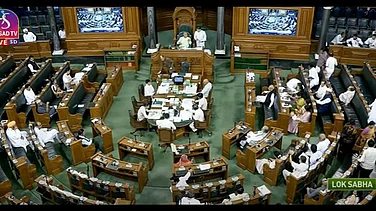Uttar Pradesh rolled out the Gram-Urja model to boost energy self-sufficiency and employment opportunities for rural households.
The initiative promotes the local production of organic fertiliser and aims to reduce domestic LPG use by 70%, the state government said in a statement on Tuesday.
The initiative is being integrated with the Mahatma Gandhi National Rural Employment Guarantee (MGNREGA) scheme, and is planned to directly benefit farmers. Biogas units will be installed near individual households or farms, enabling farmers to produce both cooking gas and organic fertiliser for personal use. This will cut farming costs and improve productivity, the statement added.
Rural households will benefit from the construction of personal cattle sheds, and the dung generated will be used in biogas units to produce kitchen fuel.
Additionally, farmers can sell the leftover slurry as organic fertiliser to nearby cultivators, creating a new income stream and enhancing self-sufficiency, the statement said.
Anurag Srivastava, OSD, Uttar Pradesh Gauseva Commission, said that domestic biogas units installed at the village level will reduce kitchen LPG consumption by nearly 70%. This will not only lower household expenses but also support environmental conservation.
The government also plans to establish biogas and organic fertiliser plants in 43 selected cow shelters. Each shelter is expected to produce up to 50 quintals of slurry per month, which will be a valuable resource for nearby farmers engaged in organic farming.


























